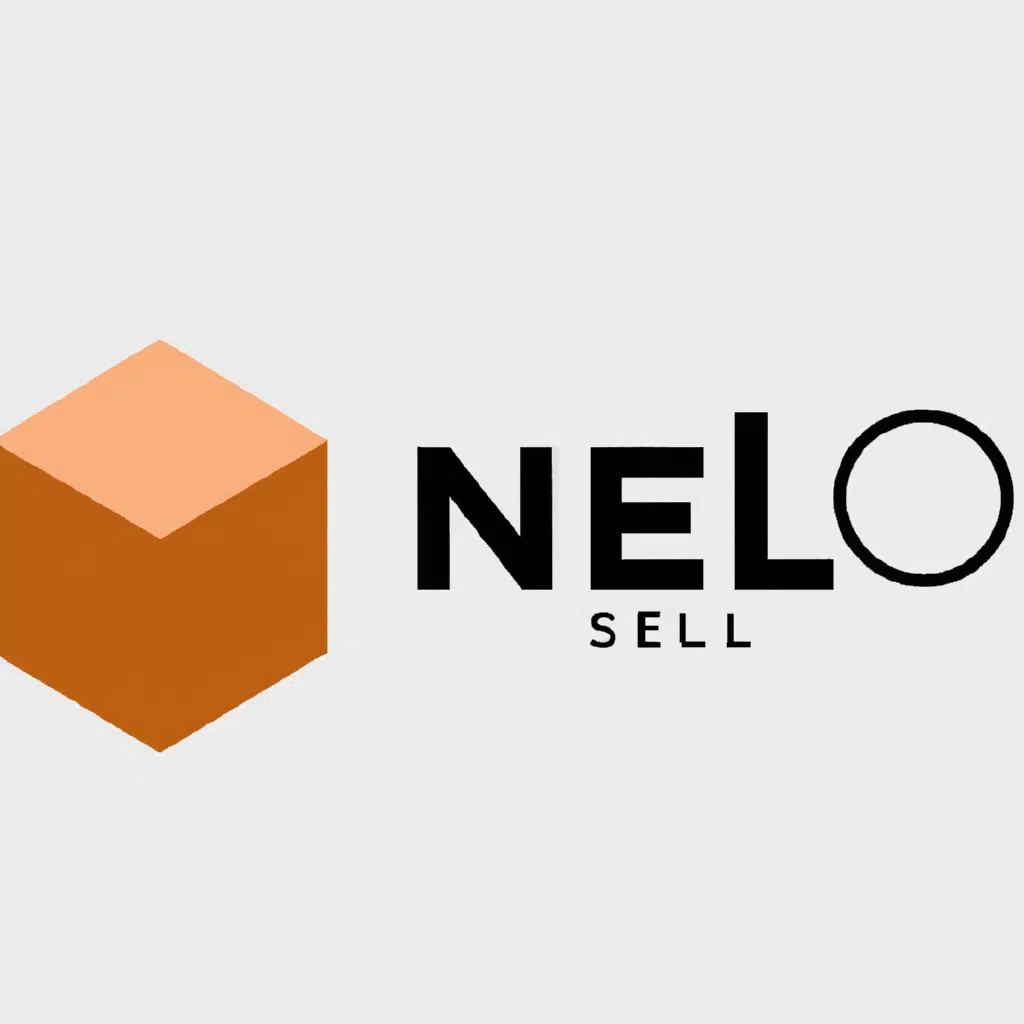
Are you looking for a sleek and modern approach to your business’s branding? Minimalist design might be the perfect solution for you. Minimalism has become a popular trend in recent years, with many businesses opting for a clean and simple aesthetic to represent their brand. In this article, we’ll explore how to incorporate minimalist design into your branding strategy, and why it’s an effective approach for modern businesses.
What is Minimalist Design?
Minimalist design is a design style characterized by a simple, clean, and uncluttered aesthetic. It focuses on the essentials and eliminates anything that is unnecessary. Minimalism aims to create a sense of clarity and simplicity by using a minimal amount of elements, such as color, typography, and imagery.
Why Choose Minimalist Design for Your Branding?
Minimalist design is an effective approach for modern businesses for several reasons. Firstly, it creates a timeless and classic look that is not easily outdated. Secondly, it is a versatile style that can be applied to various industries, from fashion to technology. Thirdly, it promotes a sense of professionalism and sophistication, which can help establish credibility and trust with your target audience.
Incorporating Minimalist Design into Your Branding Strategy
To incorporate minimalist design into your branding strategy, you need to consider several elements, such as color, typography, imagery, and overall layout.
Color
When it comes to minimalist design, less is more. Stick to a limited color palette of no more than three to four colors. Choose colors that are clean and neutral, such as white, black, gray, and beige. These colors will create a sense of simplicity and sophistication that is characteristic of minimalist design.
Typography
The typography you choose should be simple and easy to read. Sans-serif fonts, such as Helvetica, are a popular choice for minimalist design. Stick to one or two fonts, and avoid using too many different font sizes. This will create a sense of consistency and cohesiveness throughout your branding.
Imagery
In minimalist design, imagery should be used sparingly. Choose high-quality images that are clean and simple, with a limited color palette. Avoid using images that are overly complex or busy, as this will detract from the overall minimalist aesthetic.
Overall Layout
The overall layout of your branding should be clean and uncluttered. Stick to a simple grid layout, with plenty of white space to create a sense of balance and harmony. Avoid using too many design elements or graphics, as this will detract from the overall minimalist aesthetic.
Examples of Minimalist Design in Branding
Several well-known brands have successfully incorporated minimalist design into their branding strategy. For example, Apple’s branding is characterized by a simple and clean aesthetic, with a focus on simplicity and functionality. Another example is Nike, whose branding is characterized by a minimalist approach to typography and imagery, with a focus on the iconic “swoosh” logo.
Conclusion
Incorporating minimalist design into your branding strategy can be an effective approach for modern businesses. By focusing on simplicity, clarity, and functionality, you can create a timeless and classic look that is not easily outdated. By considering elements such as color, typography, imagery, and overall layout, you can create a cohesive and consistent brand identity that promotes professionalism and sophistication. So, if you’re looking for a sleek and modern approach to your business’s branding, consider incorporating minimalist design into your branding strategy.

